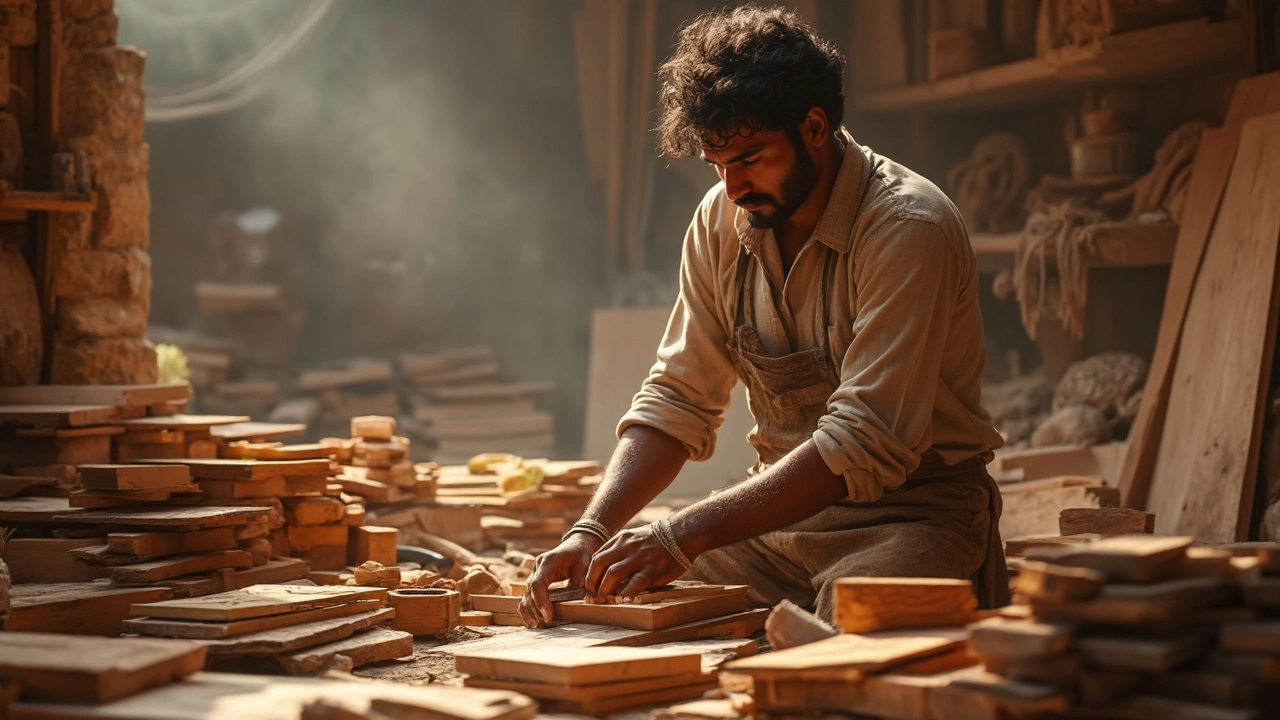How to Get a Sturdy Bookshelf That Lasts
If you’re tired of sagging shelves and wobbling units, you’ve landed in the right spot. A sturdy bookshelf isn’t just about looking good; it’s about holding up your books, décor, and a few surprise knick‑knacks without creaking. Below is a straight‑forward guide that covers the best materials, smart design tricks, and easy maintenance steps.
Pick the Right Material for Strength
Start with the core: wood, metal, or engineered panels. Solid hardwoods like oak, maple, and birch are heavy but give the most support. They can handle thick books and even a small plant without bowing. If budget is tighter, consider plywood with a high‑grade veneer. It’s lighter than solid wood but still holds weight well when the layers are glued correctly. Metal frames—either steel or powder‑coated aluminum—provide a sleek look and almost unlimited load capacity, especially when paired with wooden shelves.
Avoid cheap particleboard. It may look fine at first, but under a few heavy tomes it will start to swell and warp. When you see a price that sounds too good to be true, it probably is.
Design Features That Keep Shelves Firm
Thickness matters. A shelf under 12 mm will flex quickly; aim for at least 18 mm for wood and 20 mm for metal‑reinforced panels. Add a back panel; it acts like a brace and cuts down on side‑to‑side sway. If the bookshelf is tall, include a middle support or a decorative ladder that doubles as a structural brace.
Don’t forget the joints. Dovetail and mortise‑and‑tenon joints are the gold standard for durability. If you’re buying a ready‑made piece, look for metal brackets or reinforced corner plates. Screws should be pre‑drilled to avoid splitting, and the hardware should be strong‑grade steel rather than cheap zinc.
Now think about how you’ll load the shelves. Heavier items belong on the lower levels—gravity does the work for you. Place lighter books, picture frames, or decorative boxes up top. This not only looks balanced but also reduces stress on the upper shelf’s support.
Simple Maintenance to Keep It Solid
Dusting isn’t just for looks; dust can settle into joints and cause wood to expand. Wipe shelves with a dry or slightly damp cloth every week. For wooden shelves, apply a thin coat of furniture wax or oil every six months. It seals the surface and prevents moisture from seeping in, which can cause warping.
If you notice a wobble, tighten all screws first. If the issue persists, check the level of each shelf with a bubble level—you might need to add a shim under the bottom shelf to even it out. For metal frames, a quick spray of rust‑inhibiting spray keeps the finish from deteriorating.
Sturdy bookshelves don’t have to be a DIY nightmare. With the right material, smart design choices, and a bit of regular care, you’ll have a piece that holds up for years and becomes a centerpiece in any room. Ready to upgrade your shelving? Start measuring, pick a material that fits your budget, and watch your space transform.
Best Wood for a Bookshelf: Your Guide to Picking the Perfect Material
Choosing the right wood for a bookshelf can make all the difference between a sturdy piece and a wobbly mess. This article breaks down the pros and cons of popular woods used in bookshelf making, from affordability to strength and appearance. You'll learn which types handle heavy books, which look best in your living room, and what to avoid if you're building or buying your own shelves. Even tips on what makes a bookshelf last and how to spot shortcuts some furniture stores take. Get clear, real-world advice for picking wood that actually holds up.





